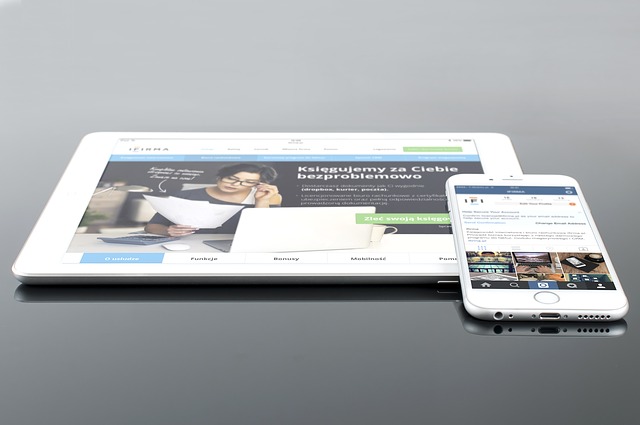Making Your Company Permanently Remote-Friendly

The COVID-19 crisis has driven many companies into the remote work world. As the initial wave of the response to the virus shut down business operations across the globe, brick-and-mortar enterprises found themselves scrambling to shift their activities onto the cloud.
Many companies including restaurants will resume their traditional bustle once the pandemic passes. But there are many companies that should seriously consider instituting permanent remote-friendly options for their employees. From retail to IT, marketing to consulting, here are a few thoughts for why and how you should consider keeping your company, or at least part of it, operating on the cloud for the foreseeable future.
The Benefits of a Permanently Remote-Friendly Workforce
Here are a few of the most compelling reasons to embrace remote work within your business:
Flexibility
Remote work allows your employees to work in a flexible manner that also enables them to perform quality work. If someone works better in the early morning or during the wee hours of the night, they can structure their schedule to help them perform at their highest standard of excellence.
Empowerment
Remote work is based on trust and decentralization of responsibility. As such, it can be a very empowering activity that can help your team feel responsible and invested in your company’s success.
Efficiency
Remote work is extremely affordable. There’s the obvious lack of need for office space, but on top of that, small things like office supplies can be done away with by shifting to alternatives such as digital documentation and legally appropriate electronic signatures.

Digital Paper Trails
While face-to-face meetings have their particular benefits, digital ones can be helpful in unique ways. The ability to play back a video meeting, record a phone call, or pull up a text feed allows you to naturally maintain “digital paper trails” with minimal effort. You can even embrace the concept more fully by creating virtual idea boards to proactively store good ideas for your team to remotely access.
Access to Greater Talent
Working remotely opens you up to greater talent acquisition. Allowing employees to work out of the office is considered an important perk, and it can make a job offer more alluring. In addition, you can access top talent from across the globe, regardless of their willingness to relocate.
How to Properly Transition to a Remote-Friendly Workforce
While the pros of remote work are considerable, it doesn’t alter the fact that you must set up a quality remote work environment if you want it to work. Here are a few tips to keep in mind if you decide to go “full time” with a remote-friendly office.
Organizing
It’s important to remain hyper-organized if you want a remote office to function properly. Start by creating and then maintaining online codes of conduct and guidelines for how your team should go about their online business. Make sure that everyone has access to training videos, how-to documents, and anything else they might need to ensure a smooth, efficient workflow.
In addition, take the time to establish a clear online hierarchy of authority. The naturally decentralized nature of remote work is great. But if autonomy is allowed to slip into anarchy, your team will become dysfunctional very quickly. Set up a shared leadership scenario with clear lines of who should report to whom and what employees are responsible for what tasks.

Creating Continuity
Along with organization, it’s essential that you establish what software should be universally used by your employees. If one worker uses Zoom while another prefers Google Hangouts and a third is a Skype enthusiast, it can lead to a royal headache each time you call a virtual meeting.
Choose what software your company will officially use. Have your staff download it, set it up, and learn how to use it before trying to utilize it during a normal workday.
Establishing Communication
It’s absolutely essential that proper, dependable lines of communication are established for a remote team. For managers and leaders, in particular, this includes the following:
- Regularly checking in with employees (without micromanaging!).
- Being clear in your communication, regardless of the medium being used.
- Actively listening to employees and asking questions.
Managing Expectations
Finally, make sure to stay results-oriented as you manage your remote team. When you can’t oversee your workforce in person, it’s important to emphasize the end product above the process to get there.
Don’t worry about hours worked, distractions, and other remote-work concerns as much as the quality of your employees’ final products. If the quality suffers, bring it to their attention. However, if staffers meet their quotas or produce excellent end products, resist the need to dig too deeply into the details of their personal work processes.
Always Improve
As you make the shift to a permanently remote-friendly company, remember that the digital world is one of constant change. This requires an attitude of perpetual improvement for a remote work scenario. Everything from software to remote processes, lines of communication, and leadership structure can change on a regular basis. And that’s okay.
If you are ready to adapt to the changes and embrace the flow of online work, you can reap the many benefits of having a remote workforce far after the coronavirus situation has faded into the rear view mirror.
This guest post was authored by Dan Matthews

Dan Matthews is a writer with a degree in English from Boise State University. He has extensive experience writing online at the intersection of business, finance, marketing, and culture.




